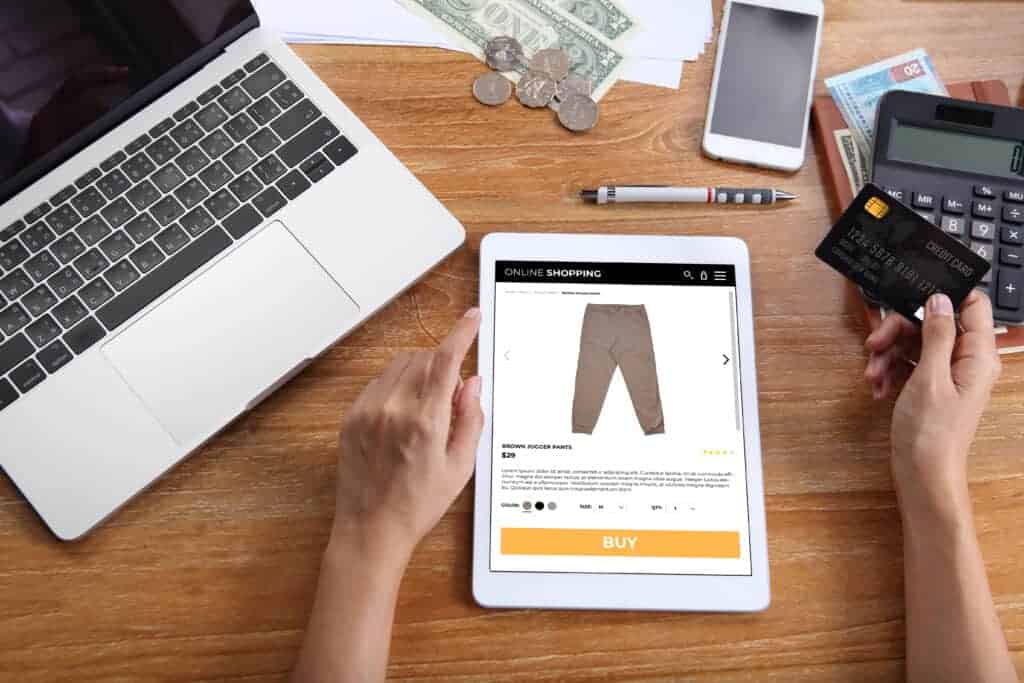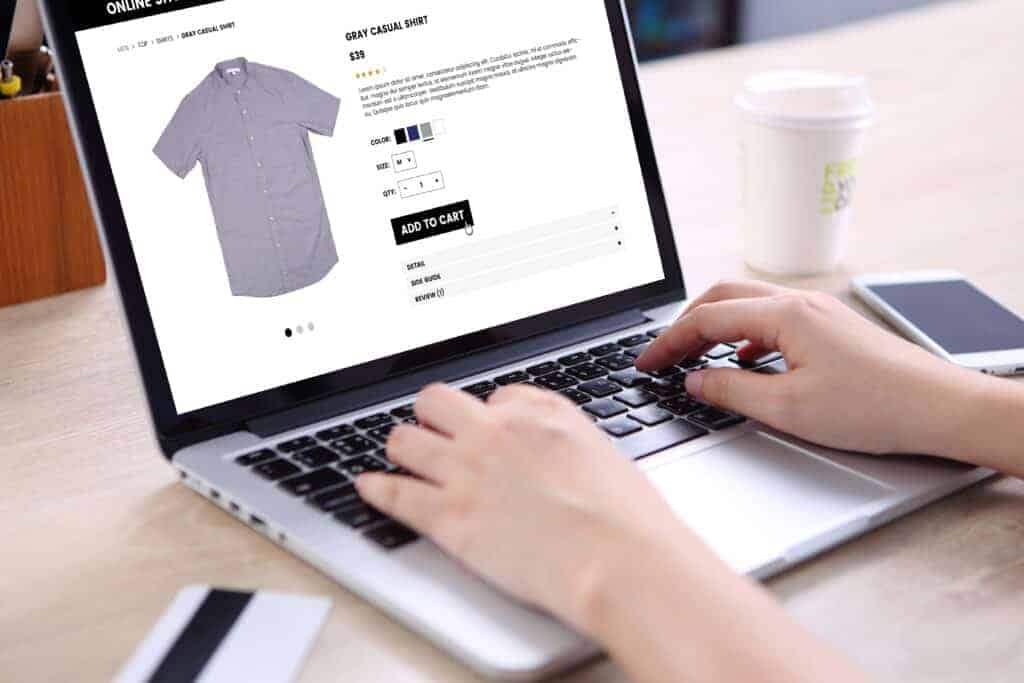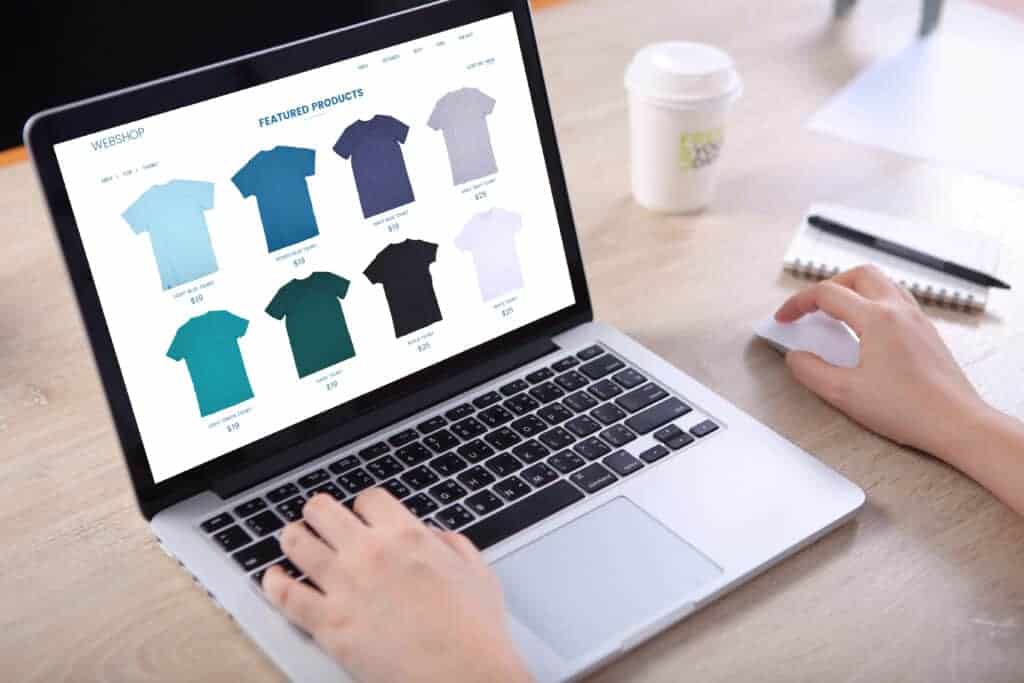Ecommerce Product Pages – How to Boost Your Conversion Rate
You’ve heard it said before: Quality over quantity.
It’s a phrase important in life and business. Just like you want friends that stick with you through thick and thin, companies want the same from consumers.
Quality remains an important facet of profit for an ecommerce business to create loyal customers. But how do you develop retention for such a client-base?
The answer lies within the term: conversion rate optimization.
As part of internet marketing, conversion rate optimization or “CRO” is a process used to increase the percentage of visitors to a website and convert them into customers. Essentially, it’s the ability to get a visitor to act while on a page that results in subscription, filling out a form and ultimately making a purchase.
A conversion rate is calculated by dividing conversions by the number of visitors to your website and multiplying that by 100 to get the percentage.
In other words, you want to improve your website in a way that boosts sales by generating quality leads. To do that, you’ve got to reel in your audience with the best possible product page.
Ecommerce product pages are the meat and potatoes of your online site. Winning ones are aesthetically appealing, effectively formatted and designed well.
While it’s one thing to be able to attract online shoppers to your ecommerce product page, it’s wholly another to convert that traffic into repeat buyers.
A successful e-commerce brand incorporates multiple CRO techniques within their website’s product pages using things such as creating educational content, evoking curiosity and adding persuasion triggers or customer testimonials.
If you’re currently struggling with this aspect of your business don’t stress, there’s a lot of information in this blog that will help you get started.
Below are some best practices that successful e-commerce businesses use to increase conversion rate optimization for product page examples.

woman using credit card for buy brown jogger pants on ecommerce website via tablet with laptop, smartphone and office stationery on wooden desk
CREATE EDUCATIONAL CONTENT FOR VISITORS
The main thing to keep in mind when optimizing product pages is to remain authentic. This means staying true to your value proposition. In other words, it’s a promise of value to be acknowledged, communicated, delivered and experienced.
This begins with figuring out your selling point. Is it lowest cost, fast shipping, variety, quality? Once you choose, build your product page around this to capture leads, then educate and inform visitors about your products on this aspect.
Ensure your product descriptions are detailed and beneficial to the reader, linking to relevant content where necessary. Afterall, consumers trust reviews just as much as personal referrals, so consider displaying product ratings as well. This makes you transparent.
Within this content you can add blogs, related articles and include any accreditations, badges or certifications such as from the Better Business Bureau. These accolades show potential buyers they’re legit and can create further buy-in from the consumer.
To take it a step further, you can create videos that show off the product and show how to use it. Doing this helps build connection and trust.
ENTICING CONSUMERS WITH LIMITED ECOMMERCE PRODUCT OFFERS
Have you ever found yourself on a website scrolling through products that you wouldn’t typically buy? Chances are if this happened you were sucked in by a FOMO (fear of missing out) tactic.
Create a sense of urgency by using terms such as “bestseller,” “trending,” or “selling fast” tags.
In addition, using persuasion “triggers” or using social proof can help you sell a product. For example, a pop up that reads “great pick!” affirms their interest. Additional content can then be added to create a sense of urgency by writing: “this is a highly-viewed item.”
These marketing schemes tap into the consumer’s instant gratification button by enticing them with an offer for a limited product. The sheer knowledge that it soon may no longer be available makes it more attractive and therefore, valuable to the business and online shopper.
Take the opportunity to highlight a few items in this way.
Here you can incorporate a section that’s dedicated to user-generated content, depicting photos and videos of consumers wearing or demonstrating products IRL (in real life).
COLLECTING WARM LEADS
A warm lead is when a consumer who’s already shown interest in a product via social media, subscription, referral or some other similar way.
One way to turn a warm lead into a sale is by growing your email list using out-of-stock notifications.
This is often executed successfully by also asking them to join their email list through what’s called “value-driven copy” and a pre-selected checkbox.
The information enables ecommerce businesses to gather high interest leads and target them with personalized email campaigns.
SHOW OFF YOUR PRODUCTS: CROSS-SELL & UP-SELL
Another way to optimize product page increases revenue by boosting customers’ average order value is by either cross-selling, up-selling or both by offering complementary products.
Offering a personalization option before adding a product to their cart is a great way to upsell online shoppers on product pages and increase your average order value.
One way to do this is through bundle offers that offer cost savings. The lure of getting more bang for their buck gives customers a valid reason to choose the more expensive option, even if it means their savings are nominal overall.
CREATE CURIOSITY, PERSUADE CONSUMERS ON YOUR ECOMMERCE PRODUCT PAGES
Convenience, price, and free shipping were the top three reasons for U.S. consumerism, according to a report by Global Online Consumer.
Within these, there are plenty of techniques to reel online shoppers in. For example, one way to highlight a sale is by visually slashing the original product price. This piques product curiosity.
Fabletics is a good example of this strategy. The athleisure company discounts their “New VIP Price” twice when compared to full retail. This alone encourages visitors to not just buy the product they were eyeing, but also a VIP subscription.
Another way to persuade shoppers to buy your brand is by offering a virtual modeling montage that shows consumers the reality of how apparel may fit someone their size.
An even stronger commitment would be to add a place for customer’s post photos of themselves rocking the brand.
In addition to up-selling, consider cross-selling using delicate language such as: Goes Well With, then suggest items often bought together.
USE CUSTOMER FEEDBACK IN PRODUCT DESCRIPTIONS
When writing compelling and informative product descriptions for your online store, it’s important to think from the viewpoint of your consumers.
The reason being they can provide valuable product insight as an objective third-party based on real customer reviews.
Doing this can be done in a variety of ways including sizing charts (China and U.S. comparison) and fit ratings that reveal whether the product is true to size, runs small or large.
Consider adding a section that allows consumers to reveal the reason for their purchase. Doing this shows your brand is transparent and allows you to collect valuable reviews that have the power to persuade potential customers.
CONCLUSION
Remember, the opportunity to increase ecommerce product sales is anywhere on product pages (homepage, landing page, etc.) on your website if you design it to convert site visitors into customers.
The process of conversion rate optimization increases your overall revenue through highly qualified leads because it provides greater value from current leads and customers.
A well-designed product page should sell your products for you. But the process includes an understanding for how visitors navigate your ecommerce product page, what actionable decisions they make as well as what keeps them from completing a purchase.
Combine the ones that align best with your company’s core values and fit your customer base and start implementing some of these strategies on your online store today.

